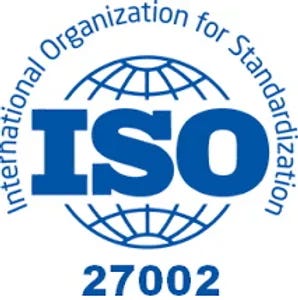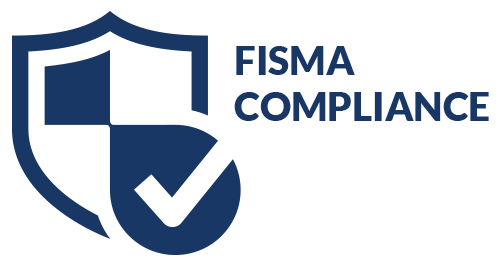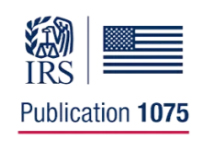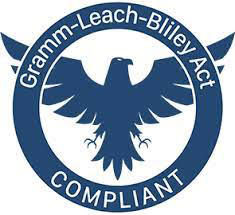The Pareto Principle (also called the 80/20 rule) has been used by businesses, scholars, and researchers for more than 100 years. It holds that 80 percent of benefits, such as sales or collections, come from 20 percent of the efforts made, such as marketing and collection strategies. But does it apply to collecting receivables?
Collection Chaos
When you look at your accounts receivable data, such as in your AR software, you might see what looks like chaos. Metrics like days sales outstanding (DSO), average days delinquent, and collection effectiveness index might not immediately reveal a hidden truth.

If you run the numbers, though, you might discover that 80 percent of your delinquent accounts come from about 20 percent of your customers.
What does this mean? It could suggest that you need to change your attitude toward collections. Armed with this knowledge, you can segment your customers based on their payment records and identify issues that are common to the past due 20 percent. Ultimately, you’ll improve profit recovery.
You might find that patterns emerge. For instance, maybe the 20 percent of customers who regularly fail to pay on time have credit issues in their past. They might exhibit poor accounting practices in their own businesses or irresponsible financial skills at home.
Once you identify these patterns, you can apply them to new accounts. By screening potential customers for credit risk, you take on less liability for your company and help boost cash flow through positive AR history.
Account Administration
In your AR software program, spreadsheet, or other AR ledger, you can sort your receivables based on specific criteria. You might examine all accounts that have surpassed 60 days overdue, for instance, and add up the amounts due for 80 percent of them. You might find out that the Pareto Principle applies in this case, and you’ll know which customers on which to focus collection efforts first.
You can also use the 80/20 rule for controlling receivables that outgrow your ability to collect. At some point, such as when an account goes past the 90-day mark, you can turn over those accounts to a third-party collection agency. At that point, let the professionals take over to increase your chances of collecting.
Collecting receivables becomes much more cost effective using the Pareto Principle. The 80/20 rule can help you decide which accounts should go to a third-party debt collector. Additionally, you’ll know when you should cut off credit availability to certain customers based on repeat delinquency patterns.
Collections Control
Many businesses feel that they have no control over their collections process. Some customers pay, others don’t—that’s business, right?
But the Pareto Principle suggests that there’s a logic behind the apparent chaos. You can use the well-accepted 80/20 rule to bring more accounts up to date and to make sense of your AR data.
Are you ready to collect more money on delinquent accounts? We can help. Our enterprise solutions have helped clients in industries as diverse as healthcare, financial institutions, education, and government to boost cash flow and improve accounts receivable management.
Want to learn more about TSI? Fill out the form and a TSI representative will contact you shortly.












